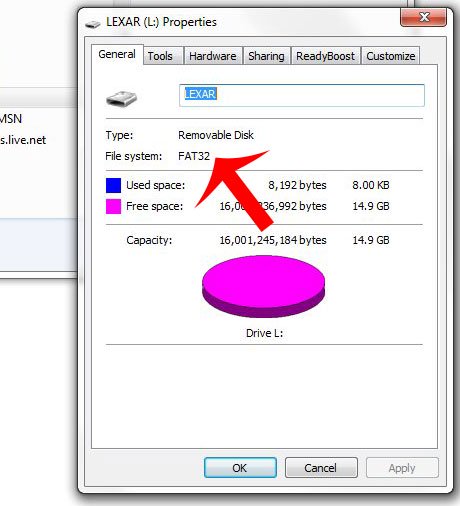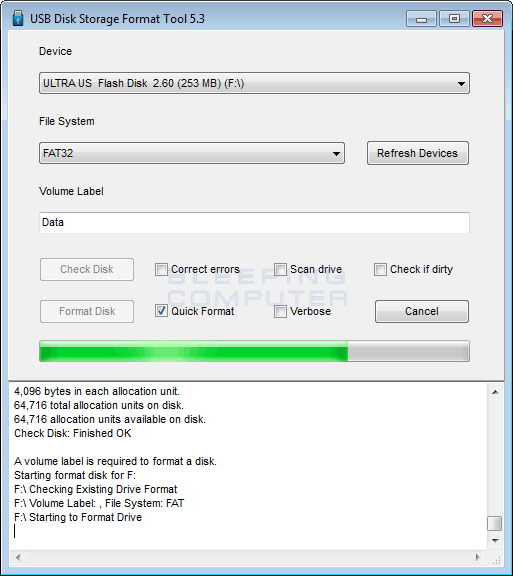


Something more like FAT32, but with a larger maximum storage size.Īnd Microsoft listened. Small storage devices, like USB drives or SD cards, suffered due to the large data overhead of NTFS and wanted something slimmer. Not everyone was enthused when Microsoft rolled out the NTFS file format as a replacement for FAT32. It might not be as secure as NTFS, but it does just fine for a portable storage device. It is easy to read and write on all platforms, including Windows, Macintosh, and even Linux. With USB drives offering dozens of gigabytes in memory, FAT32 is no longer a viable choice.īut if you are looking to format an old pen drive that does not cross that mark, FAT32 can be a good choice. The reason it fell out of favor is simple it cannot support devices with more than 4 GB of storage. This is great, as NTFS is the most modern file format out there, offering improved security and reliability.


If you’re on Windows, your hard disk drive is probably formatted using the NTFS file system. As we will see, exFAT is the best for formatting a small storage device like a USB drive. It combines the efficient, no-nonsense structure of FAT with modern drive capacities, allowing all manner of portable devices to manage their data with minimal overheads. Unfortunately, file formats like NTFS tie up too much of their limited resources without offering performance advantages. While this naturally makes them superior to FAT32, it also makes them too inefficient for portable storage devices.ĭevices like SD cards or USB drives need a simple file system to write to and do not have a large overhead. A New Generation of File Formatsįile systems like the NTFS (New Technology File System) and HFS+ (Hierarchical File System), developed by Microsoft and Apple respectively for their own operating systems, are specialized to ensure the security and reliability of the data stored in the hard drive. These were critical issues for a hard drive meant to hold system files for an operating system. The format was too vulnerable to malicious code and did little to implement redundancies against data corruption. With time, however, the FAT standard started showing its age.


 0 kommentar(er)
0 kommentar(er)
